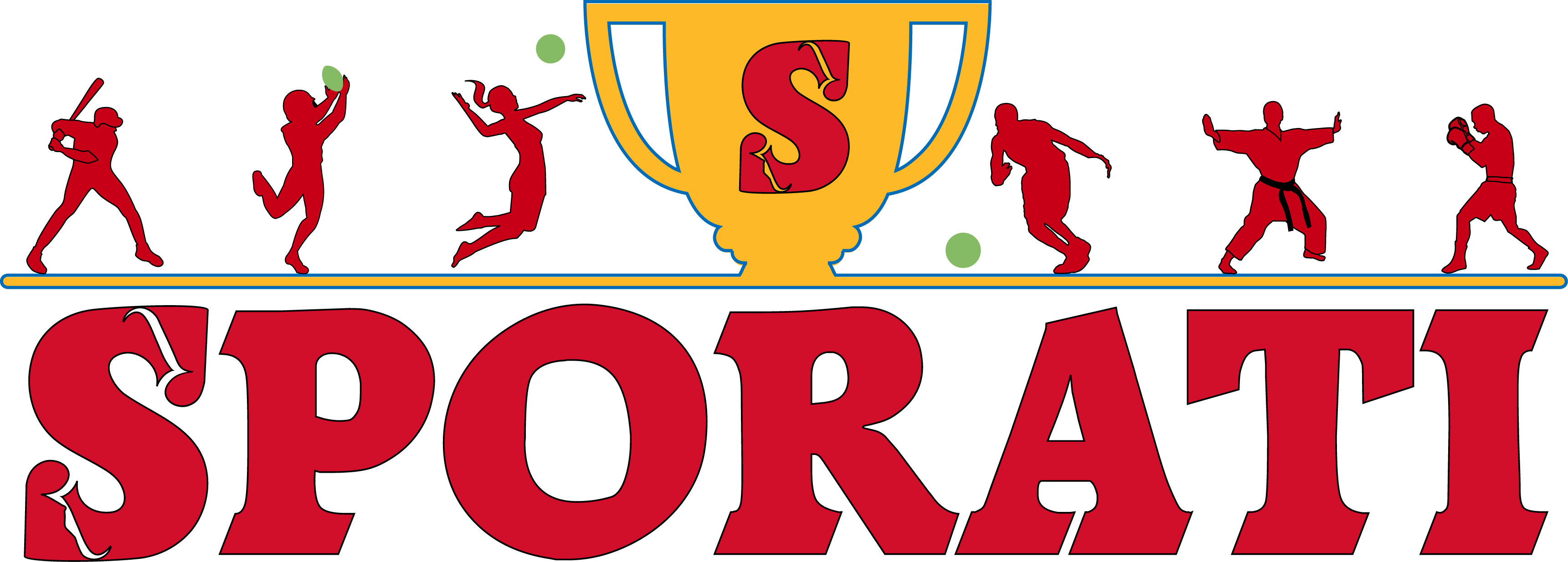Breaking Down Biathlon Qualification for the 2026 Winter Olympics Explained
2026 Biathlon Qualification Explained
Mark your calendars and wax those skisthe road to the 2026 Winter Olympics in Milan and Cortina d’Ampezzo is officially underway! As always, the biathlon will be one of the marquee events, blending precision shooting with cross-country skiing in a way that keeps fans glued to their screens (or ski slopes) every four years. But just how will athletes earn spots on the starting line in 2026? The qualification process has its tweaks and twists, so buckle in as we break it all downfor both the casual fan and the die-hard enthusiast!
The Basics of Biathlon Qualification
Let’s start with a bird’s-eye view. A total of 210 athletes will compete in biathlon events at the 2026 Winter Olympicscomprising 105 men and 105 women. This figure includes those participating in individual races, as well as mixed and single-gender relay teams. Now, who gets to snag those coveted starts?
The International Biathlon Union (IBU) oversees the qualification process, which takes into account results from the 2024–2025 Biathlon World Cup season and the IBU Nations Cup standings. It’s a delicate balancing act of rewarding individual brilliance while ensuring a fair spread across countries. Essentially, the better your nation performs as a team, the more slots you’re likely to secure.
Quotas: Breaking Down the Numbers
Each country will receive an allocation of placesknown as athlete quotas. Here’s how it all breaks down:
- Maximum Quotas per Country: A nation can qualify a maximum of 6 men and 6 women.
- Minimum Representation: Every participating country is guaranteed at least 1 man and 1 woman, provided they meet basic eligibility criteria.
- Mixed Relay Quotas: To participate in the mixed relay, countries must qualify a minimum of 2 men and 2 women.
“The magic number is 210. Beyond that, it’s all about earning your quotas through precision, stamina, and teamwork!”
The trickiest part? Nations must strategically distribute their quotas across five individual events and relay teams while maximizing competitiveness. Easy, right?! (Hint: It’s not.)
The Role of the World Cup
The IBU World Cup is where the real work gets done. Athletes accumulate points for themselves and their nations based on performance throughout the 2024–2025 season. High-placing finishes not only help individual athletes carve out a name for themselves but also contribute to their country’s Nations Cup pointsthe backbone of quota allocations.
Countries with strong results in the Nations Cup standings will earn the biggest quotas, which, as we mentioned earlier, top out at six athletes per gender. Some nations may even have the luxury of leaving top-tier athletes home due to limited slots. (Looking at you, biathlon powerhouses Norway and Germany!)
Smaller Nations Have A Shot
But don’t fret if your homeland isn’t a typical biathlon juggernaut! Thanks to the guaranteed entry slots, nations with less established programs can still send representatives to the Olympics. The idea is to strike a balance between awarding performance and promoting global inclusivenessin true Olympic spirit.
Key Dates to Mark
While the qualification process officially hinges on the 2024–2025 season, several events will play pivotal roles:
- 2024–2025 IBU Biathlon World Cup: The primary stage for earning qualification points.
- Late 2025: Final quota allocations confirmed by the IBU based on Nations Cup standings.
- January 2026: Pre-Olympic IBU events where athletes fine-tune their form or undergo last-chance selection trials.
By the time athletes take to the snow in Milan-Cortina in February 2026, the field will be set, the pressure will be mounting, and the only thing left will be to perform.
Fan Favorites and Underdogs
This qualification cycle has already sparked discussions about potential favorites. Teams like Norway, France, and Germany are perennial powerhouses, and with stars like Johannes Thingnes Bø and Julia Simon (pending qualification, of course), their gold-medal chances seem endless.
On the flip side, countries like Brazil and India are steadily building their biathlon programs and are working to earn representation through strong development programs. It’s these underdog stories that add so much heart to the Winter Olympics, so keep an eye out for emerging athletes from less traditional winter sports nations.
Closing Thoughts
The qualification process for any Olympic sport is both a science and an art, but there’s something particularly thrilling about biathlon. It’s a sport that demands grit, endurance, precision, and nerves of steelqualities that will also be tested long before the first shot is fired in 2026. Whether you’re a fan of nerve-wracking accuracy or snowy sprints, the biathlon promises to deliver drama in spades.
As the buildup to Milan-Cortina continues, keep your eyes on the IBU World Cup leaderboard, cheer for your favorite athletes, and let the countdown to the 2026 Winter Olympics begin!

